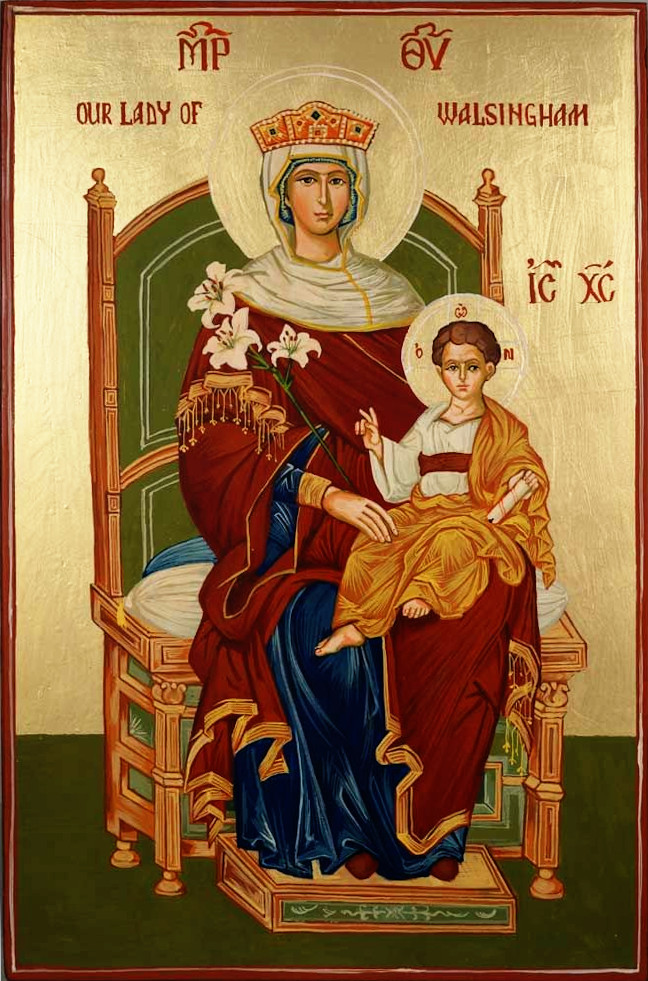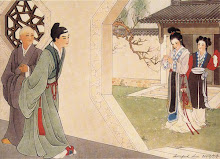16 August 2019
Tuǵan jer: a mild early assertion of Kazakh-ness
Rich Hall says the road movie genre is in large degree determined by the vagaries of the vast landscapes of the American West. Well, if that’s so – and I never doubt that particular film-critic comedian – then Kazakhstan too is particularly well-suited to the spiritual demands of the genre. And Sháken Aımenov’s Tuǵan jer (Zemlya ottsov, Land of the Fathers) is indeed a road movie. More than that, it’s a successful road movie, insofar as it uses the new (WWII-era) railway to illustrate alienation and elements of the Kazakh cultural identity that had been repressed under previous Soviet policies; and that it does so against a changing backdrop moving from the vast Kazakhstani steppes into the Russian heartland.
The film follows a boy, Bayan (Murat Ahmadıev) and his old aqsaqal grandfather (Elýbaı Ámirzaqov), as they journey from the Kazakhstani inland to Leningrad. There they are to reclaim the body of Bayan’s father, the aqsaqal’s son who died fighting the Nazis on the Eastern Front of the Great Patriotic War, and bring him home for a burial in his own homeland. Their transportation is arranged by a voluble and vivacious red-headed Russian named Egor (Viktor Shevtsov) – on one of the cargo cars of a westbound freight train. (It’s never quite clear from the movie whether or not their presence on the train is legal. They do refer to other passengers on other trains as ‘stowaways’.)
On the train, they meet with a Jewish-Russian archæologist (Yuri Pomerantsev) and his pretty daughter Sofia (Tamara Kokova). Egor is instantly smitten with Sofia, who is not quite so impressed by his attempts to hit on her. Meanwhile, Bayan begins talking shop with the old archæologist, much to his traditional grandfather’s chagrin. (The aqsaqal doesn’t want his grandson handling human bones, which is a bit ironic given what they set out to do.) A discussion ensues between the old archæologist and the aqsaqal, pitting the new Soviet all-brotherly progressive mentality against the need for tradition: faith, homeland, roots, patrimony. The aqsaqal’s transgressive behaviour, unlike in an American road film, is that he is very much, and very proudly, backwards by Soviet standards. Speaking as a Jew, I did wince a bit when the old aqsaqal called the archæologist ‘not quite human’, ‘a thorn, a tumbleweed’. But the assertion of his own Kazakh-ness, in an understated defiance of Stalin, was something to cheer.
At the same time, despite his progressive attitude and despite his not belonging to a particular patrimony, we can see that the archæologist himself is in thrall to the past. He and Sofia are searching for a lost ninth-century city, a pursuit which has ‘driven everyone mad’. He has dedicated his life to this pursuit, and as he approaches the end of his life, he realises his chances are few. After he and his daughter find signs of their quarry, they face a fateful choice that may be the archæologist’s last.
Bayan, on the other hand, sees the journey as a rite of passage; an opportunity to prove his manhood. He reveals to Sofia that he never cried when he heard about his father’s death, and he sees that as a source of shame. He also reveals to her that, although he teases the girls in his village in a teenage-boyish way, there’s one girl he likes: an orphan, Mariam, who is four years his elder. He wants to prove his adulthood, not only to his grandfather and not only to earn his adult name, but also to her, so he can pursue her properly as a Kazakh man. (One has to wonder, did Mori Kaoru watch this film before writing Otoyomegatari? Bayan and her precocious hero Qarluq share many of the same qualities, including the need to grow up and to be the object of romantic desire for an older woman.)
The tension between traditional and modern is always present, but in some cases it’s deftly subverted. In one scene we see horse riders – presumably Kazakh – chasing the train, and we are led to expect some kind of daring armed robbery or raid. But it turns out that the lead horse rider is just celebrating the birth of his son. He asks for a possible name for his son from the folks on the train, and Egor exuberantly offers his own. Sofia, on the other hand, suggests Bayan, which the rider likes better. Giving them his traveller’s blessings, he and his posse ride off. It’s a somewhat anticlimactic moment, but it’s also a bit touching.
At a train station where they stop for drinking water, the aqsaqal meets an old Chechen who rides on the train roof to be closer to the sky and to God, and who is going home to the Caucasus to die. Despite not having anyone back home, he still wants to end his life in the land he grew up in. The grandfather appreciates this sentiment, and comes to regard the Chechen as a friend and a kind of sacred charge. However, as Bayan and Egor observe the aqsaqal feeling more and more lost outside his homeland, they start to fear that he’s losing his grip; and when the old man and the Chechen get left behind at a train stop, Bayan’s mission takes a very different turn.
One of the most prominent motifs that runs through this film, literally, is water: the water of rivers, water for drinking and washing, the salt water of tears and spit. At the opening of the film, we see Bayan exuberantly washing in and drinking from a shallow brook in his homeland. But as they make their way west, water becomes harder and harder to reach. It has to be pumped, strained, boiled, even as they cross the immense Volga. At the end, it has to be asked or begged: Bayan is dependent on the hospitality of the Russian villagers of Nosakino, where his father was killed (even though at one point he is mistaken for a Gypsy and attacked by local boys). Bayan also learns to shed tears as he makes his way west: the reality of his father’s death hits home for him when he sees his name on the collective monument erected to the Soviet soldiers who fell at Nosakino.
It’s worth noting that even though Aımenov wants to assert a distinct and traditional Kazakh identity, he does not indulge a narrow or chauvinist view. The wreckage and memory of the war is a constant background presence, a touchstone for many of the characters. The recent shared fight against the fascists as well as the shared experience of having lost loved ones – fathers, husbands, brothers – is shown to be a bonding force for Russian, Kazakh, Jew and Chechen, in ways that ideology cannot be. It’s also a bonding force across generations, even where one of those generations is notable only by its absence. Egor is one of the very few living men of fighting age that we get to see – the rest of his cohort are visibly scarred (with missing arms, for example). But in many senses Egor is the linchpin of the film: he is able to bridge the traditional and the modern; able to bridge the generation gap; even able and willing to bridge the gap between the cultures. In this, he anticipates a late-Soviet or post-Soviet identity that has continued to guide Eastern European and Eurasian politics down to the present. The loss of war stands in the landscape as well, and in the everyday lives of the people along the railway. An old veteran unsuccessfully tries to sell Egor a mouth-organ that had been owned by a German. Nosakino is pitted by the blast craters of German mortars – some of which themselves have been brought back as trophies of war. In one iconic scene, Bayan and his grandfather embrace as a train goes by, in front of a bombed-out building pitted with shrapnel.
The pacing of the film is ambling, and Aımenov’s preference early on in the film for long, slow-pan takes which privilege the rugged, arid, desolately-beautiful natural scenery and the traditional Islâmic architecture somewhat anticipate – both in a visual sense and thematically – an early Jia Zhangke movie (like, say, The Pickpocket 《小武》). Aımenov has a similar sensitivity as Jia to loss, whether cultural or personal, whether as the result of war or of technological progress. The movie is shot in black-and-white, which is an interesting choice, but he doesn’t use it as boldly or as dramatically as Eisenstein. The film is dark – not thematically, just from a lighting perspective, with the exceptions being the scenes in which the scenery of Kazakhstan takes centre stage. Regardless, Tuǵan jer is a remarkably fine film. As an example of an early and mild expression of multivalent ‘national’ belonging in the Soviet Union, it’s also a noteworthy entry in Soviet – and Kazakh – cinema.
Subscribe to:
Post Comments (Atom)














No comments:
Post a Comment